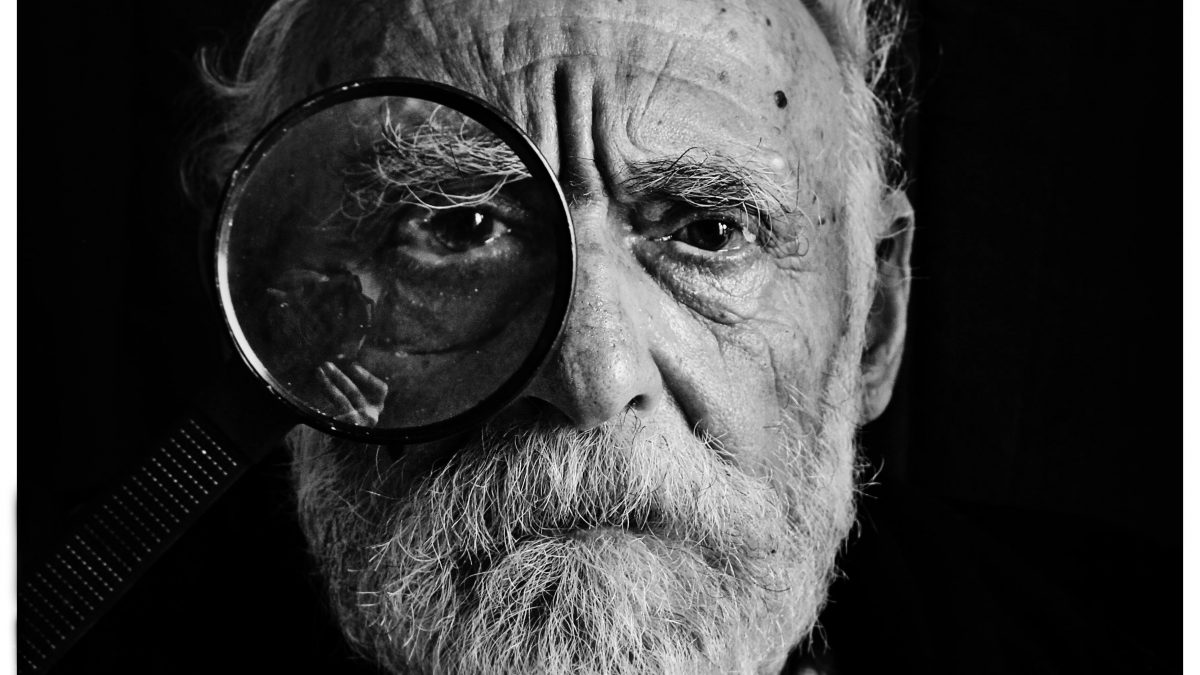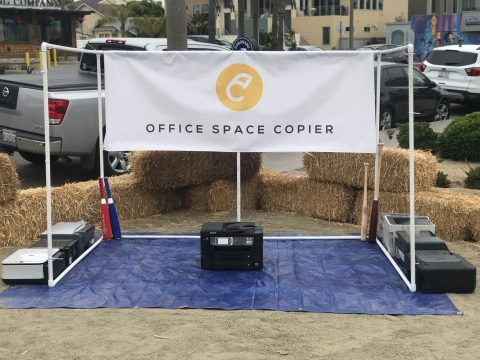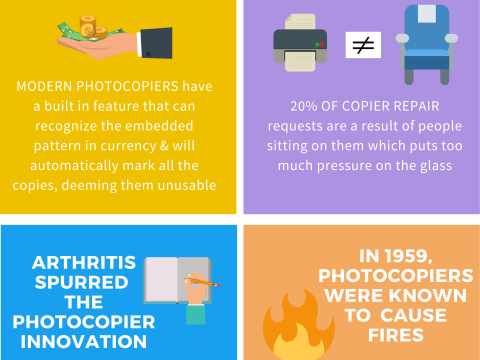- Have any questions?
- 858-757-7574
- support@officespacecopier.com
Who Invented the Copy Machine Anyway?

4 Tips Before You Buy an Office Copier
January 15, 2019
The Inventor of the Copy Machine
Every industry, enterprise, and invention has a beginning. In the case of the copy machine, this started with Seattle-born inventor Chester Carlson. Carlson was born on February 8, 1906, and was fascinated by chemistry and printing at an early age. As a teenager, he worked for a local printer and was able to publish a magazine for young chemists.
Carlson went to college at the California Institute of Technology (Caltech) and got a degree in Physics. Soon after, he moved to New York where the genesis of the photocopier was born.
A Problem and a Solution
While working in New York in a patent department, Carlson found that he was wasting lots of time and money on creating carbon copies of documents. He longed for a better way. For months, Carlson conducted research and experiments to create a new device that could copy documents with the push of a single button.
The principle behind the invention Carlson created was called electrophotography. (Later, he began calling the process xerography. The word sounds familiar, doesn’t it?) With this principle in mind, he used static electricity via a handkerchief, light, and dry powder to make the first copy on October 22, 1938.
A Dream Deferred
Despite Carlson’s invention, he had trouble finding backers that would support and help him improve his invention. For 6 years, he approached multiple companies and all of them turned him down.
Thankfully, Carlson didn’t give up on his dream. In 1944, a nonprofit organization called Battelle Memorial Institute signed a royalty-sharing contracted with Carlson to help him develop his device further. In 1947, both Battelle and Carson entered into an agreement with a photo-paper company called Haloid. Haloid would eventually become known as the pioneer company in the photocopier industry, Xerox. Together, they released the first automated copy machine to the public in 1959, 21 years after Carlson’s initial invention. The product turned out to be a huge success.
Further Progress
Even with Carlson and Xerox’s photocopier success, they kept striving to refine their product. In 1970, Xerox released a photocopier that could print on both sides of a sheet of paper, thus saving resources. The 70’s also saw the dawn of color copiers and automatic feeders, which allowed users to place a stack of papers in the photocopier for processing instead of placing each sheet one at a time.
Xerox grew to be one of the pillars of the copier industry, but Carlson’s efforts did not go unheralded. He became a multimillionaire and received numerous awards for his work, including Inventor of the Year in 1964 and the Horatio Alger Award in 1966.
Today photocopiers and related technology have become commonplace. Still, Carlson lit the match that sparked an entire industry and convenience for people everywhere.
From 1938 to Your Copy Needs
You may not be in the copier industry, but your business has the potential to thrive and impact lives all the same. Office Space Copier is here to help by simplifying the copier lease, rental and purchase process for your business. Browse our services or contact us to see how we can make your life easier and your business more efficient today!



